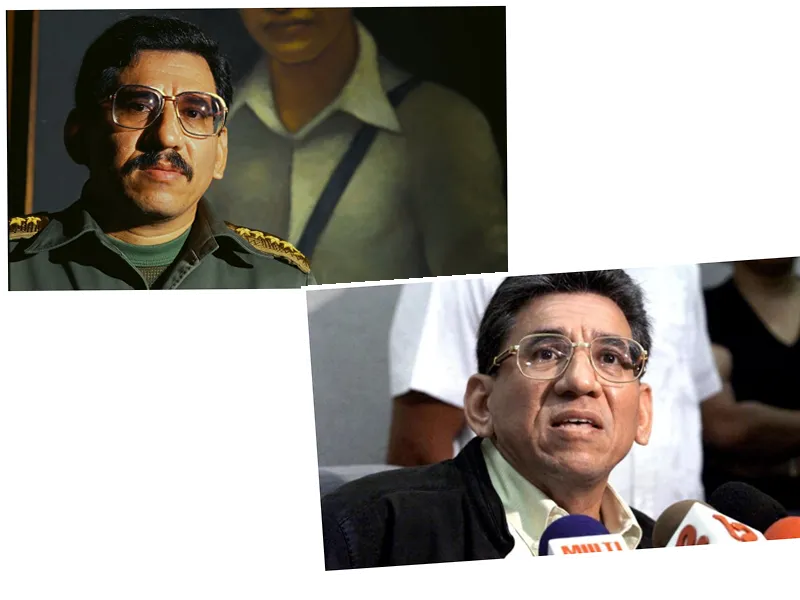Hooligan Leader's Murder Sparks Fear in Rosario
The Argentine city of Rosario is grappling with heightened tension following the shocking murder of Andrés "Pillín" Bracamonte, the notorious leader of the Rosario Central hooligans. Bracamonte, along with his associate Daniel "Rana" Attardo, was shot dead shortly after a football match against San Lorenzo on Saturday night. The attack occurred as they were leaving the Gigante de Arroyito stadium, where they were ambushed by hooded assailants who fired multiple shots, leaving both men dead at the scene.
This violent incident has raised alarms among local authorities and residents, particularly given the recent decline in homicides in Rosario, which had seen a nearly 70% reduction in killings compared to the previous year. The provincial Minister of Security, Pablo Cococcioni, emphasized the need to prevent a resurgence of violence, stating that the government has worked hard to stabilize the situation after two years marked by over 300 homicides. The ongoing investigation into Bracamonte's murder is focused on potential links to local drug trafficking and previous conflicts involving the hooligan leader.
Investigations Underway Amidst Rising Tensions
The Santa Fe justice system is actively investigating the circumstances surrounding Bracamonte's death. Prosecutors have indicated that the attack may be connected to Bracamonte's extensive criminal history, which includes allegations of extortion, money laundering, and violence. Notably, he had survived a previous assassination attempt just three months prior, highlighting the dangerous environment surrounding his activities.
Witnesses reported that the attack occurred in a poorly lit area, complicating the investigation. Prosecutors are exploring multiple hypotheses regarding the motive behind the attack, which may extend beyond football-related rivalries to include broader criminal enterprises. The Secretary of National Security, Alejandra Monteoliva, has underscored the importance of anti-mafia legislation in combating organized crime in the region.
Bracamonte, who had been a prominent figure in the hooligan scene for nearly three decades, had previously expressed concerns about his safety, stating in an interview that he had survived numerous assassination attempts. His death not only raises concerns about the stability of Rosario but also about the potential for increased violence among rival gangs, particularly as the city has been under the influence of powerful drug trafficking organizations.
As the investigation unfolds, the community remains on high alert, fearing that this incident may trigger a new wave of violence in a city that has struggled with crime for years.





